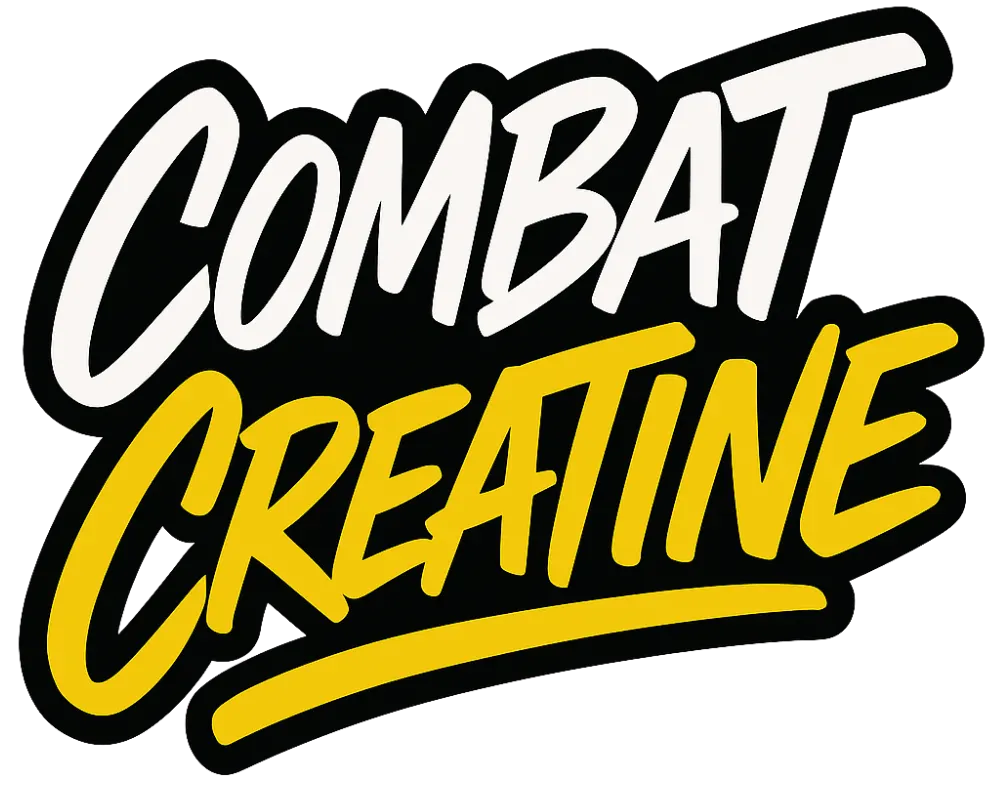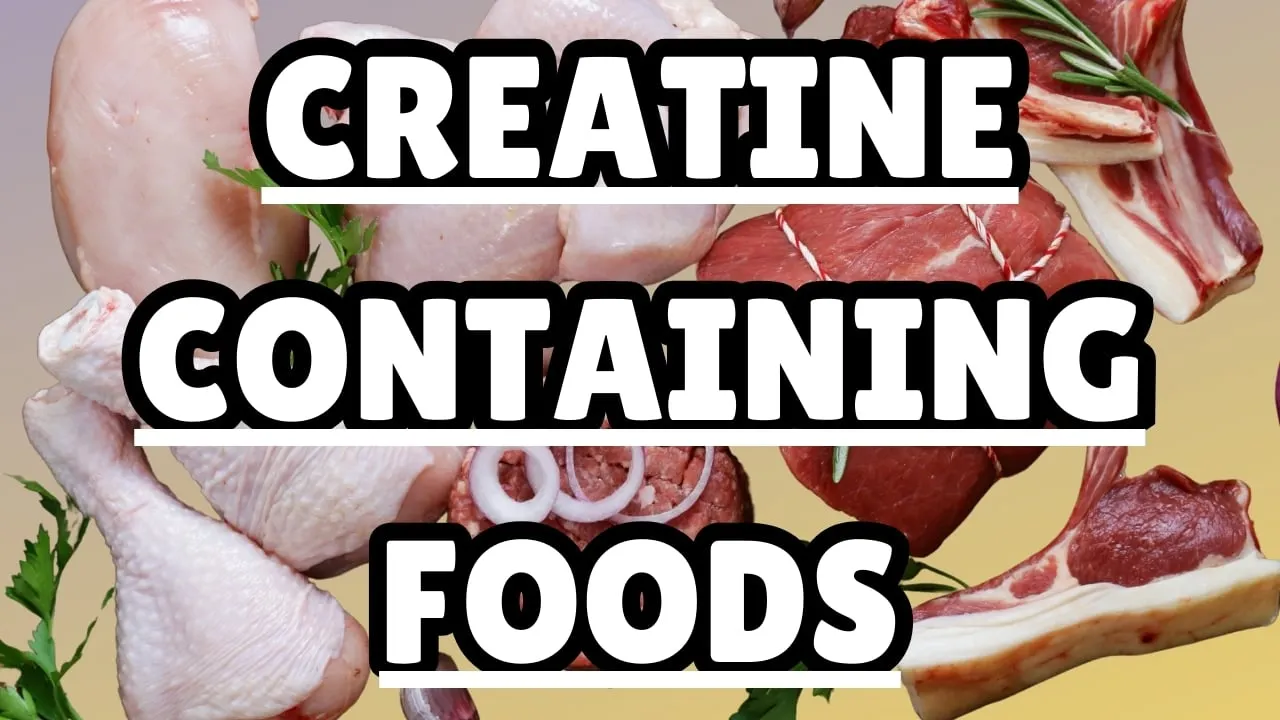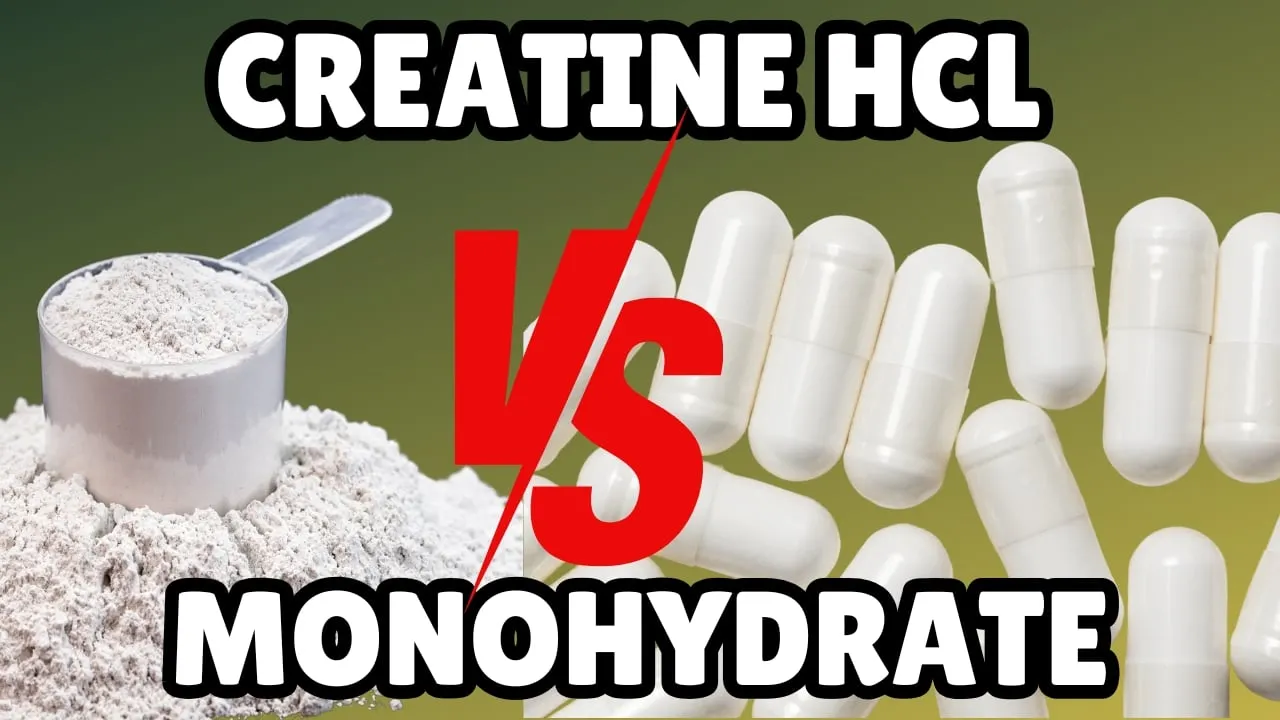20 Best Creatine Containing Foods: Creatine Rich Foods
Food Sources of Creatine: Your Guide to Natural Creatine-Rich Foods
Creatine is an essential compound that supports energy production in your muscles.
This article explores the best food sources of creatine, explaining their benefits and how they can help maintain your creatine levels naturally.
Discover why it’s important to include creatine-rich foods in your diet and how these foods can enhance your overall health and performance.
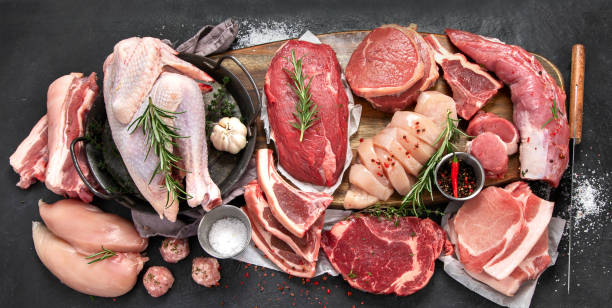
Outline of the Article
What Is Creatine?
Why Does Your Body Need Creatine?
Benefits of Consuming Creatine-Rich Foods
How Much Creatine Do You Need Per Day?
Foods High in Creatine
How Much Creatine Do These Foods Contain?
Best Animal-Based Sources of Creatine
Can You Get Enough Creatine from a Vegan Diet?
Creatine Supplements vs. Natural Food Sources
Tips for Increasing Creatine in Your Diet
What Is Creatine?
Creatine is a naturally occurring compound found in your muscles and brain. It plays a critical role in energy production, especially during high-intensity physical activities.
The body synthesizes creatine from amino acids, but it’s also available through dietary sources.
Learn more about how creatine works in our How Does Creatine Work guide.
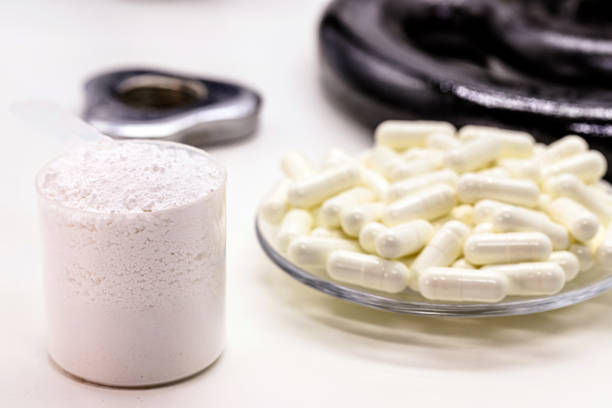
Why Does Your Body Need Creatine?
Your body uses creatine to produce adenosine triphosphate (ATP), the main energy carrier in cells.
This is especially important during short bursts of intense activity. Consuming enough creatine can help maintain energy levels and support muscle function.
If you’re curious about creatine’s impact on muscle recovery, check out our article on Creatine Recovery.
Benefits of Consuming Creatine-Rich Foods
Improved Physical Performance: Creatine increases muscle energy stores, enhancing power and endurance.
Cognitive Support: Research shows that creatine may benefit brain function.
Convenience: Obtaining creatine naturally through food eliminates the need for supplements in many cases.
For insights into the pros and cons of supplements, visit Creatine Pros & Cons.

How Much Creatine Do You Need Per Day?
The average adult needs about 1-3 grams of creatine per day. Athletes or individuals engaging in intense exercise may require up to 5 grams of creatine daily.
This amount can be met through a combination of diet and supplementation.
Curious about supplement forms? Explore our Guide to Supplement Forms.
Foods High in Creatine
- Beef (steak): 2 grams per 16 ounces (454 grams)
- Salmon: 2 grams per 16 ounces (454 grams)
- Herring: 1.5–2 grams per 16 ounces (454 grams)
- Pork (loin): 1.5 grams per 16 ounces (454 grams)
- Tuna: 1 gram per 16 ounces (454 grams)
- Cod: 1 gram per 16 ounces (454 grams)
- Chicken breast: 0.7–1 gram per 16 ounces (454 grams)
- Turkey breast: 0.7–1 gram per 16 ounces (454 grams)
- Bison: 2 grams per 16 ounces (454 grams)
- Rabbit meat: 2 grams per 16 ounces (454 grams)
- Goat meat: 1.5–2 grams per 16 ounces (454 grams)
- Mackerel: 1.5 grams per 16 ounces (454 grams)
- Shrimp: 0.5 grams per 16 ounces (454 grams)
- Lobster: 0.5 grams per 16 ounces (454 grams)
- Crab: 0.5 grams per 16 ounces (454 grams)
- Venison: 2 grams per 16 ounces (454 grams)
- Oysters: 0.3–0.5 grams per 16 ounces (454 grams)
- Duck: 0.8 grams per 16 ounces (454 grams)
- Lamb: 1.5 grams per 16 ounces (454 grams)
- Eel: 1 gram per 16 ounces (454 grams)
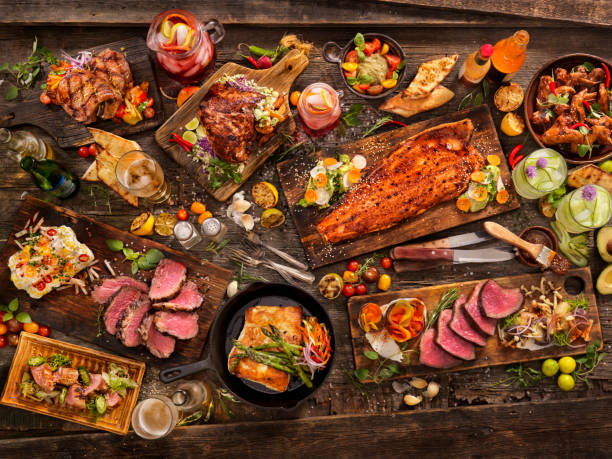
How Much Creatine Do These Foods Contain?
Beef: Approximately 2 grams of creatine per 16 ounces (454 grams).
Salmon: Roughly 2 grams of creatine per 16 ounces.
Pork: About 1.5 grams of creatine per 16 ounces.
For more details on dietary considerations, visit our Creatine Dietary Considerations post.
Best Animal-Based Sources of Creatine
Animal-based foods are the most concentrated natural sources of creatine. Beef, chicken, and fish like salmon and cod are excellent options.
These foods are particularly useful for individuals seeking to increase muscle creatine stores.
Learn about how creatine boosts performance in specific sports in our BJJ Performance Guide.
Can You Get Enough Creatine from a Vegan Diet?
Vegan diets typically lack direct food sources of creatine. However, creatine synthesis occurs in the body using amino acids found in plant-based foods.
Vegans may benefit from creatine supplementation to meet their daily requirements.
For vegan-specific options, see our article on Vegan Creatine.

Creatine Supplements vs. Natural Food Sources
Creatine Supplements: Offer a precise dose of creatine monohydrate, useful for athletes.
For more on supplement types, visit Creatine Monohydrate Gummies.
Natural Sources: Provide creatine along with essential nutrients like protein and vitamins. Comparing powders and pills?
Check out Creatine Powder Vs. Pills.
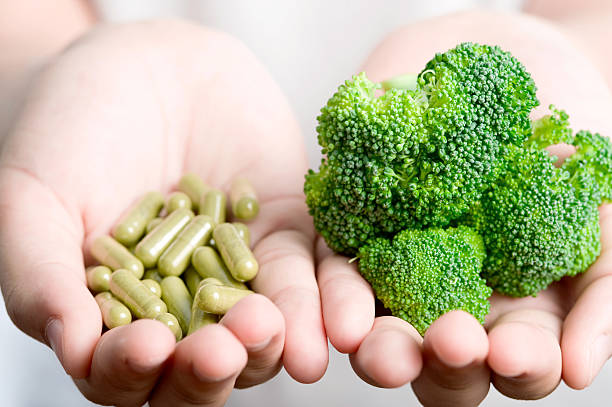
Tips for Increasing Creatine in Your Diet
Incorporate More Meat and Fish: These are the best natural creatine sources.
Choose High-Creatine Cuts: Opt for lean beef and salmon fillets.
Supplement When Necessary: Use creatine monohydrate for convenience and efficiency.
Learn how to use supplements effectively in our Creatine Loading Phase article.
Key Takeaways
- Creatine is essential for energy production and muscle function.
- Animal-based foods like beef, pork, and fish are rich sources of creatine.
- Vegans may need to use supplements to ensure adequate creatine intake.
- Combining food sources and supplements can help meet higher creatine demands.
For more insights, check out What Is the Best Creatine?.

FAQ: Everything You Need to Know About Creatine
What Are the Benefits of Creatine?
Creatine is known for enhancing energy production, improving muscle strength, and supporting cognitive function.
Studies show that creatine has been shown to boost performance during high-intensity workouts and may provide benefits for brain health.
How Does Creatine Supplementation Work?
Supplementing with creatine provides a convenient way to ensure you meet your daily creatine supply.
The effects of oral creatine supplementation have been widely studied, showing significant benefits for energy and muscle function.
For athletes, taking creatine supplements in the form of creatine monohydrate is often recommended.
What Is Natural Creatine, and Where Does It Come From?
Natural creatine is an amino acid found in your body and is also available through dietary intake.
Animal-based food products like beef, pork, and fish are especially rich in natural creatine.
These foods contain natural creatine that supports energy production and muscle function.
Why Is Creatine Important for Your Body?
Creatine is an amino acid that helps produce energy in your body, particularly during high-intensity activities.
The level of creatine in your body is critical for maintaining energy and muscle performance.
Consuming creatine from food or supplements ensures your body has an adequate creatine supply.
Which Foods Are Rich in Creatine?
Foods rich in creatine include beef, salmon, pork, and herring. These are the best sources of creatine from natural food.
Animal-based foods during high-intensity workouts help replenish creatine phosphate stores.
How Can I Take Creatine Naturally?
To get enough creatine from natural food, focus on eating foods rich in creatine, such as red meat and fish.
These natural sources provide grams of natural creatine that your body can use effectively.
How Much Creatine Do Foods Contain?
The grams of creatine per 100 grams of food vary.
For example, beef and salmon each contain approximately 2 grams of creatine per 16 ounces.
Pork and herring also contain natural creatine at similar levels.
Can You Get Enough Creatine from Food Sources Alone?
While creatine from food sources provides a natural way to maintain creatine levels, some individuals may not get enough creatine from natural food alone, especially during high-intensity workouts.
In such cases, administering creatine supplements may help.
What Are the Benefits of Creatine-Rich Foods?
Foods rich in creatine are a great way to naturally boost your energy and creatine supply.
These foods, especially animal-based food products, provide essential nutrients along with creatine, enhancing overall health and performance.
Should I Take Creatine Supplements or Stick to Natural Sources?
Both options have their advantages. Taking creatine supplements like creatine monohydrate ensures precise dosing, such as five grams of creatine daily, which may be beneficial for athletes.
On the other hand, natural sources that you may already consume, like beef and fish, also contain natural creatine along with other nutrients.
How Do Creatine Levels Affect Your Energy?
Your creatine levels play a key role in energy production. Creatine phosphate replenishes ATP (adenosine triphosphate), your body’s energy currency.
Dietary intake of creatine and supplementing with creatine help maintain optimal energy and performance.
Are There Any Downsides to Taking Creatine?
Research confirms the safety and efficacy of creatine supplementation when taken as directed.
Whether you’re consuming creatine from food sources or taking supplements, the benefits of creatine supplementation outweigh potential concerns for most individuals.
How Much Creatine Should I Take Daily?
Experts recommend consuming 3-5 grams of creatine daily to maintain creatine levels in your body.
Athletes or individuals with higher energy demands may require up to 10 grams of creatine daily, either through dietary sources or supplements.
What Are the Best Food Sources of Creatine?
The best source of creatine includes animal-based foods like beef, salmon, and pork. These foods are especially rich in creatine and help sustain your creatine supply naturally.
If you have more questions about creatine, let us know, and we’ll help you dive deeper!
For More Training Advice + Diet and Lifestyle visit us Combat Creatine
PS: Make sure you check out the rest of our Creatine Guides:
Creatine
Can You Take Creatine Without Working Out
What to Mix Creatine WithThe Effects Creatine Monohydrate on High Blood PressureCan You Take Creatine While Breastfeeding
